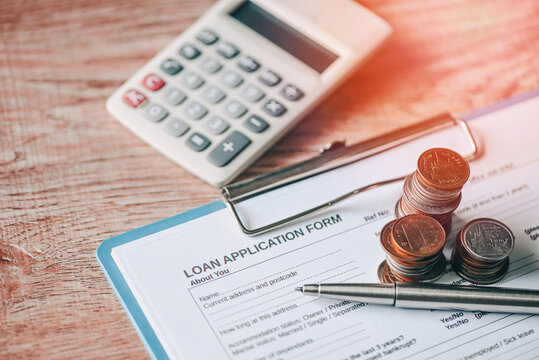
What is a balloon loan? A balloon loan allows you to purchase an item with the full balance due in a specified period of time, usually between one and three years. Although some balloon loans have interest rates as high as 20%, they allow consumers to buy expensive items that they might not be able to afford with a traditional loan or credit card due to their high interest rates. Balloon loans are ideal for larger purchases such as cars, boats, and RV’s.
The Basics of a Balloon Loan

A balloon loan is a type of mortgage that requires you to make payments for a set period of time, usually five to seven years. At the end of the term, you must pay off the remaining balance in full. This can be done by refinancing, selling your home, or taking out a personal loan. Balloon loans are popular among homebuyers because they offer lower interest rates and monthly payments than traditional mortgages. However, it is important to understand how balloon loans work before signing up for one.
You should never take out a balloon loan unless you can easily pay off your mortgage early. If you get into financial trouble or are unable to sell your home before your balloon payment is due, you could lose your home because of unpaid property taxes, maintenance fees or other expenses. A second concern about taking out a balloon loan is that it may not be as affordable as it appears at first glance. Although monthly payments are generally lower than with traditional mortgages, buyers usually end up paying higher interest rates in exchange for reduced payments over time. There may also be other closing costs related to refinancing or personal loans that you will have to cover after five years.
The Advantages of a Balloon Loan

A balloon loan is a type of mortgage that allows homebuyers to make smaller payments for a set period of time (usually five to seven years) and then pay off the remainder of the loan in one lump sum. This type of loan can be advantageous for several reasons. First, it allows homebuyers to qualify for a larger loan than they would if they were making monthly payments. Second, it can help homebuyers save money on interest payments over the life of the loan. Third, it can provide flexibility for homebuyers who may need to sell or refinance their home before the end of the loan term.
A balloon loan is usually set up as an adjustable-rate mortgage (ARM) because interest rates for these loans are tied to a benchmark, such as prime or LIBOR. When your loan first adjusts, you may be able to choose whether you want it adjusted annually or every six months. You can also look into converting your balloon loan into a fixed-rate mortgage before it expires. Your lender may be willing to do so if you’ve made timely payments on your balloon loan or if housing prices in your area have increased substantially since you purchased your home. However, regardless of when you refinance, interest rates are likely to be higher than they were when you took out your initial loan.
The Disadvantages of a Balloon Loan

A balloon loan is a type of loan that requires periodic payments of both principal and interest, but the balloon payment at the end of the loan’s term is significantly larger than the other payments. Because of this, balloon loans are often used to finance short-term projects or investments, rather than long-term financing. However, there are some disadvantages to using a balloon loan.
There are also some disadvantages to using a balloon loan. For example, one of the biggest disadvantages is that if you can’t pay off your balloon loan in full before it comes due, you’ll have to roll over your debt. This will likely result in additional interest payments on top of your principal balance that could drive up your overall interest rate and leave you with an even larger debt than before. Additionally, while many companies offer balloon loans, few lenders offer such short-term options. Therefore, a lender may require more collateral or another type of security as well as potentially higher interest rates for providing what is generally viewed as less stable financing.
How to Choose Your Balloons Wisely

When you take out a balloon loan, you’re agreeing to make smaller payments for a certain period of time, followed by one large balloon payment. This type of financing can be attractive because it offers lower interest rates and monthly payments than other types of loans. But it’s important to understand how these loans work before you sign on the dotted line.
Keep in mind that balloon loans usually come with high interest rates, so it’s important to figure out a plan for paying off your loan as quickly as possible. For example, if you know you’ll be able to refinance or sell your home soon, it might make sense to take out a larger loan than you need now because of its lower monthly payments. However, if you can’t pay off your balloon loan by refinancing or selling your home, you could end up being stuck with very high payments. Before signing any agreement for a balloon loan, talk through all of these possibilities with your lender and make sure you understand what could happen when it comes time for your last payment.
Tips for Repaying Your Balloons Early

Follow these seven easy steps for repaying your balloon loan early
- If you have a balloon loan, you may be able to repay it early and save on interest.
- To find out if you can repay your balloon early, check your loan documents or contact your lender.
- If you can repay your balloon early, you may want to consider doing so.
- There are a few things to keep in mind if you decide to repay your balloon early.
- First, you may have to pay a prepayment penalty.
- Second, you will need to calculate the interest that has accrued on the loan up until the date of prepayment.
- Finally, make sure you have the funds available to make the prepayment before taking any action.